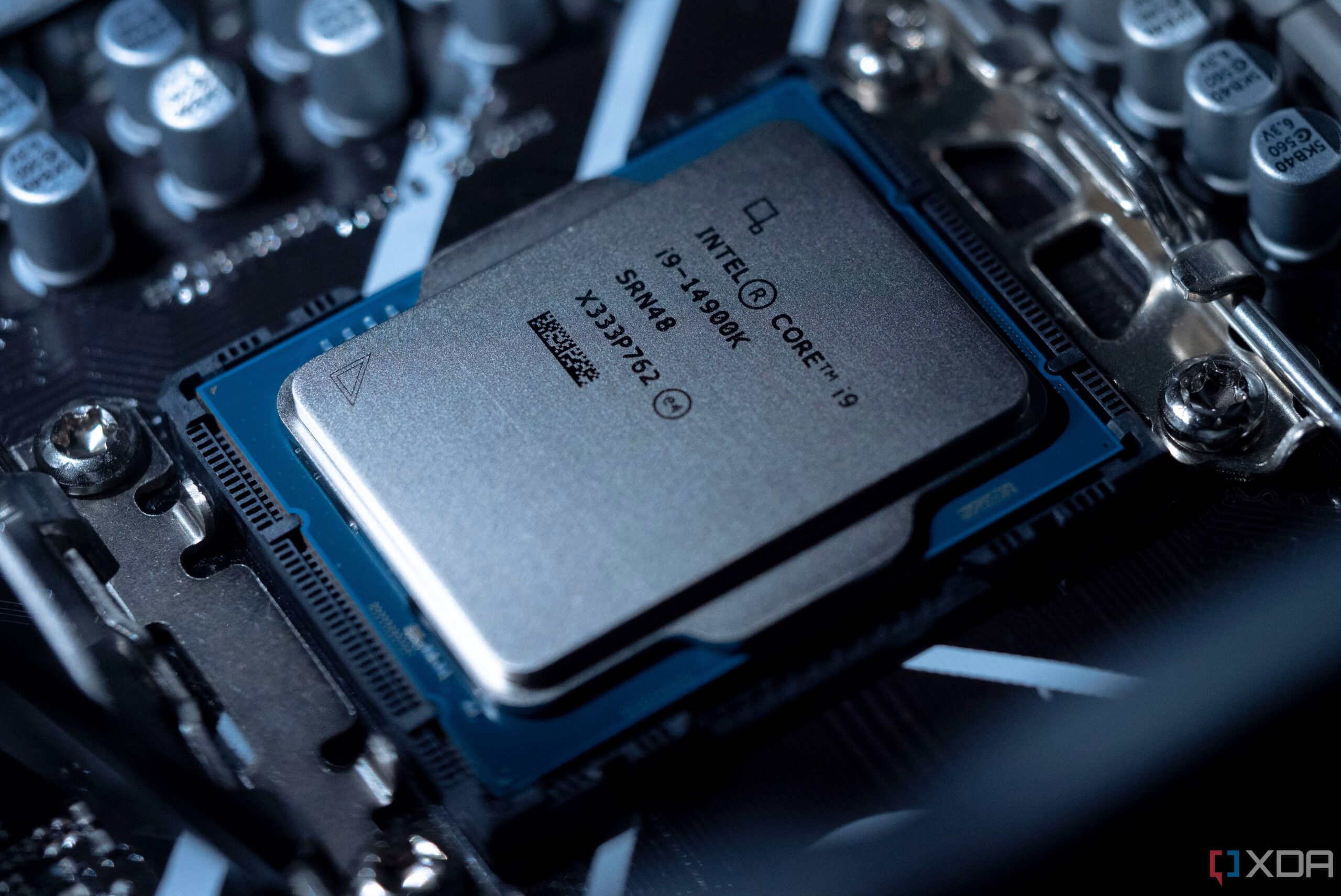URGENT UPDATE: New insights reveal critical information about your CPU’s power limits, and why your processor may not be reaching advertised speeds. Understanding and adjusting power limits such as PL1 and PL2 could be the key to unlocking your CPU’s true performance potential.
Many users are unaware that the way motherboard manufacturers tune BIOS settings can significantly impact CPU performance, regardless of cooling capabilities. Experts confirm that PL1 and PL2 are the primary power limits affecting Intel CPUs, with PL1 determining sustained power draw and PL2 allowing for short bursts of turbo power.
For optimal performance, it is often recommended to set PL1 to the official TDP (Thermal Design Power) of the processor. This allows for consistent operation without overheating. The Tau variable specifies how long the CPU can sustain the PL2 limit before reverting back to PL1, directly influencing performance during intensive tasks.
AMD users should note that their power limits are referred to differently: PPT (Package Power Tracking), TDC (Thermal Design Current), and EDC (Electrical Design Current) serve similar functions. Users can adjust these settings through BIOS/UEFI, Ryzen Master, and Intel Extreme Tuning Utility (XTU).
For those looking to push performance further, PL3 and PL4 are additional safeguards on Intel CPUs. While these limits are rarely modified, they can allow for even higher bursts of power. However, most users will find that tuning PL1 and PL2 is sufficient to enhance their computing experience.
IMPORTANT: Manufacturers like Intel and AMD provide guidelines for power limits, but many motherboard vendors often ignore these specifications to market higher performance. By setting PL1 and PL2 to unlimited, they allow CPUs to exceed recommended limits, which can lead to severe overheating. Most CPUs will throttle at around 100°C, significantly impacting performance and stability if limits are breached.
It’s crucial to understand how different workloads respond to these settings. Gaming may not require sustained PL1 levels, but short bursts from PL2 can enhance frame rates. Conversely, productivity tasks like video editing could benefit more from elevated PL1 settings.
Cooling solutions play a vital role in determining how effectively these power limits can be pushed. Even if you adjust PL1 and PL2, inadequate cooling may prevent your CPU from reaching the desired performance. Experts suggest that undervolting your CPU can sometimes provide better results than simply increasing power limits, as it frees up thermal headroom for better performance overall.
For casual users, the default PL1 and PL2 values are typically adequate. However, enthusiasts seeking every ounce of performance will need to invest in high-end cooling solutions to safely explore higher power limits.
WHAT TO WATCH FOR: As interest grows in CPU optimization, more users are likely to explore these settings. Adjusting power limits can lead to significant improvements in specific workloads if cooling capabilities are sufficient to avoid thermal throttling.
Stay tuned for more updates and expert tips on maximizing your CPU performance while maintaining system stability.
